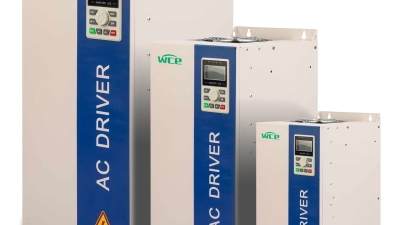The Ultimate Guide to Understanding Vfd Drive Efficiency and Industry Applications
Table of Contents
- Understanding VFD Drive Basics and Key Components
- Evaluating VFD Drive Efficiency: Metrics and Measurements
- Industry Applications of VFD Drives in Manufacturing Processes
- Real-world Examples of VFD Drives in Energy Conservation
- Challenges and Solutions in VFD Drive Implementation
- Future Trends in VFD Technology and Industry Adaptation
- Unlocking Efficiency: A Comprehensive Guide to the General VFD 55kw 380V 3Phase Motor Speed Controller Inverter
- FAQS
- Conclusion
- Related Posts
In today’s fast-changing industrial world, you really can’t overlook how important energy efficiency has become. One of the biggest ways to boost how well your automation systems use energy is by using VFD drives.
 Zhejiang Chuanken Electric Co., Ltd., a tech-savvy company with over 15 years of experience in developing, making, and selling industrial automation products, is really leading the charge in this area. This guide is here to help clear up any confusion about VFD drive efficiency—taking a look at how they work, the perks they offer, and the different industries where they’re making a difference.
When you get a handle on how VFD drives can improve your operations and cut down energy bills, you’ll be in a better position to make smart choices that match your sustainability goals and day-to-day needs. So, come along as we dive into the details of VFD drives and see how they’re truly transforming industrial processes.
Zhejiang Chuanken Electric Co., Ltd., a tech-savvy company with over 15 years of experience in developing, making, and selling industrial automation products, is really leading the charge in this area. This guide is here to help clear up any confusion about VFD drive efficiency—taking a look at how they work, the perks they offer, and the different industries where they’re making a difference.
When you get a handle on how VFD drives can improve your operations and cut down energy bills, you’ll be in a better position to make smart choices that match your sustainability goals and day-to-day needs. So, come along as we dive into the details of VFD drives and see how they’re truly transforming industrial processes.
Understanding VFD Drive Basics and Key Components
Variable Frequency Drives, or VFDs for short, are honestly one of those components you just can't ignore in today's industrial world. They play a huge role in managing how electric motors run—think of them as the control freaks that tweak the motor’s speed and torque. Basically, VFDs work by adjusting the power going into the motor—changing up the frequency and voltage—which means the motor can run more smoothly, use less energy, and stay healthier longer. It's pretty cool because this kind of smart control not only makes the machinery perform better but also helps it last longer by reducing strain during startup and when workload fluctuates.
So, what’s inside a VFD? Well, first there’s the rectifier, which takes the AC power from your mains and turns it into DC. Then, this DC gets smoothed out and stored in what's called the DC bus. After that, the inverter kicks in—this part converts the DC back into variable AC, adjusting the frequency and voltage as needed. Plus, there are control systems and feedback mechanisms tucked in that help fine-tune everything, ensuring the motor runs smoothly no matter what load it’s handling. If you're working in the industry and want to really get the hang of VFDs, understanding these parts is pretty key—it can open up better efficiency and give you more flexibility with your equipment.
Evaluating VFD Drive Efficiency: Metrics and Measurements
Figuring out how efficient Variable Frequency Drives (VFDs) are is super important for industries looking to streamline their operations. By 2025, the global market for VFDs was valued around $24.7 billion, and it's expected to hit about $32 billion — all thanks to the growing push for energy savings and cutting costs. To really get what makes a VFD efficient, you’ve gotta look at a bunch of different metrics, especially when it comes to electric motor-driven systems. Research shows that tuning these systems right can save a ton of energy, especially during partial loads — which, let's be honest, is pretty much where most industrial processes spend their time.
When assessing performance, things like efficiency ratings under both full and partial load matter a lot. The first big global analysis focusing on how much energy these systems can save highlights something key: it’s not just about max efficiency, but also about how well they perform when loads change. Looking ahead, with the market expected to grow at around 4.2% each year up to 2034, industries are really pushing to adopt smarter VFD technology. This isn’t just about saving some dollars — it’s also about being kinder to the environment. So, all in all, VFDs are absolutely essential in today’s modern factories and industrial setups.
The Ultimate Guide to Understanding VFD Drive Efficiency
This chart illustrates the efficiency of Variable Frequency Drives (VFDs) at various load levels, highlighting how efficiency varies with different operational loads. VFDs generally maintain high efficiency at moderate loads but can experience variance at extremes.
Industry Applications of VFD Drives in Manufacturing Processes
Variable Frequency Drives, or VFDs for short, have really shaken things up in the manufacturing world. They've made processes way more efficient and helped save a ton on energy bills. According to the U.S. Department of Energy, putting VFDs into industrial setups can cut down energy use by anywhere from 20% to 50%. What’s cool about this tech is that it lets you control motor speed and torque with precision — which is a game-changer for stuff like conveyor belts, pumps, and fans. Being able to tweak motor performance on the fly means not only does it save energy, but it also puts less stress on the equipment, helping it last longer.
In specific industries, VFDs really shine. Take HVAC systems, for example — heating, ventilation, and air conditioning — which can eat up as much as 40% of a factory’s energy costs. With VFDs adjusting airflow and temperature on the go, companies can slash their energy bills quite a bit. And in industries like automotive manufacturing, where accuracy and flexibility are super important, VFDs help streamline operations and cut down cycle times. That means more productivity and lower costs overall. Honestly, the reports show that businesses that jump on the VFD bandwagon usually see a solid return on investment — often recovering their initial costs in less than two years. Pretty impressive, right?
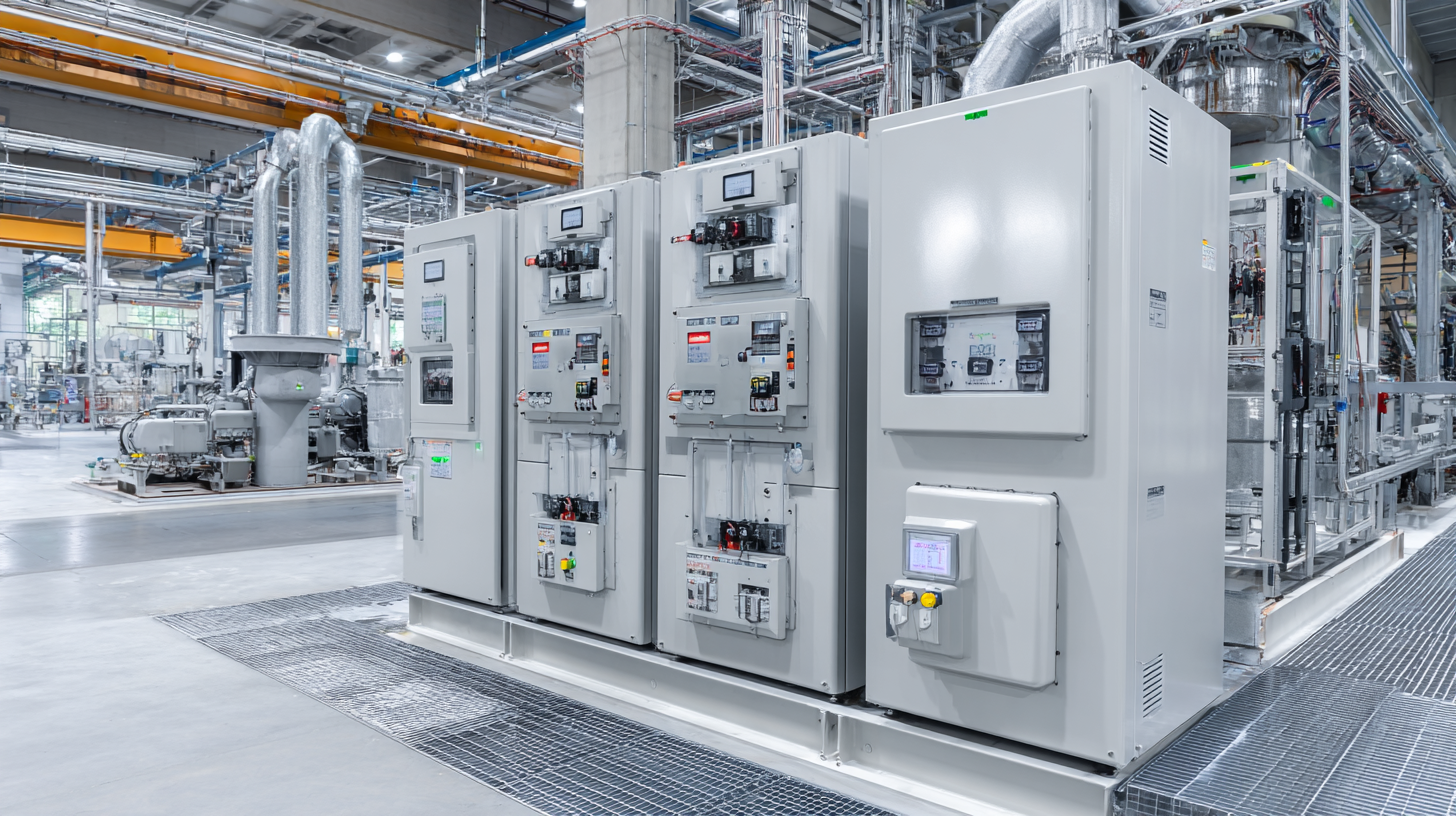
Real-world Examples of VFD Drives in Energy Conservation
Variable Frequency Drives, or VFDs for short, are game-changers when it comes to improving energy efficiency across different industries. For example, a report from the U.S. Department of Energy points out that tossing VFDs into HVAC systems can actually cut down energy use by 30% or even more. One pretty common use case is in pump systems—you know, where they match motor speeds to the actual demand—this way, you're not wasting energy during times when flow is low. There’s also this story from a textile company that added VFDs to their conveyor belts, and bam—energy costs dropped by about 25%. Honestly, it really shows how effective these are in real-world setups.
**Tip 1:** When you’re choosing a VFD, make sure to think about what exactly it will be used for and what ranges it needs to handle. That way, you get the best performance and savings without any fuss.
And here’s another thing—VFDs aren’t just for pumps. They work great in compressor systems too. According to some research from the National Renewable Energy Laboratory, upgrading old compressors with VFDs can save anywhere from 20% up to 50% in energy. I know of a food processing plant that made this move and saw a big cut in energy waste, which of course helped lower their costs and boosted productivity at the same time.
**Tip 2:** Keep in mind, regular maintenance and fine-tuning your VFDs is super important to keep things running smoothly and efficiently. Setting up a routine check-up schedule is a good idea to make sure you’re getting the most out of them.
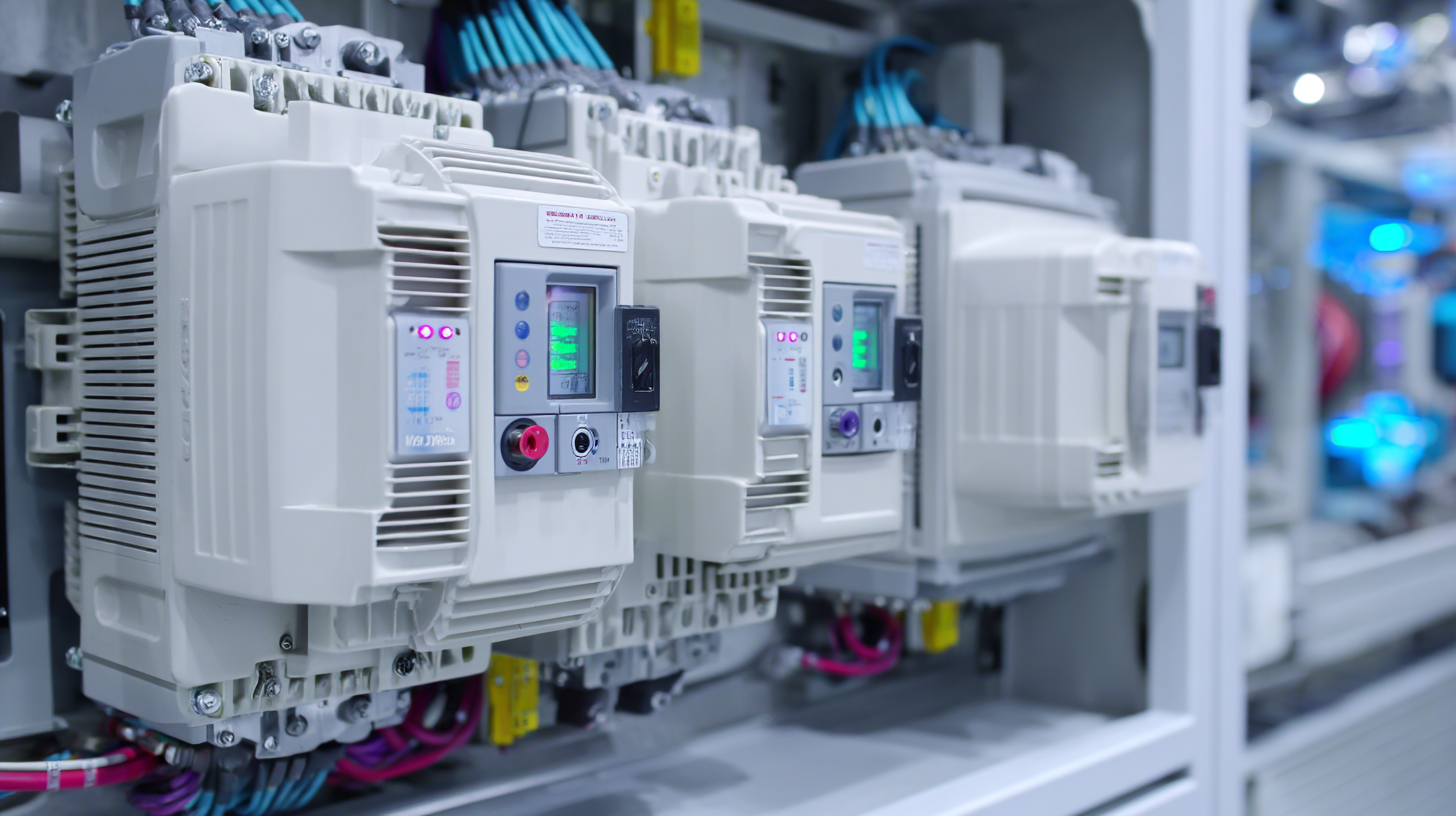
Challenges and Solutions in VFD Drive Implementation
Adding Variable Frequency Drives (VFDs) to your industrial setups can bring some really great benefits, but let’s be honest — it doesn’t come without its hurdles. One of the trickiest parts is getting everything set up right and making sure they play nicely with your existing machinery. Without a good plan in place, it can feel pretty overwhelming. A lot of facilities actually struggle to figure out if their current equipment is compatible with VFDs, so it’s super important to do a proper compatibility check before you go full throttle with installation. That way, you can avoid major hiccups once things are up and running.
Here’s a quick tip: make sure your maintenance team gets plenty of training on how VFDs work and the common troubleshooting stuff. Being proactive like this means problems get sorted quickly, and you’ll waste less time on costly downtime.
Another thing to watch out for is the harmonics VFDs can produce — those little electrical signals that mess with power quality and can cause trouble for other equipment. To handle this, it’s smart to include harmonic filters right from the design stage. After everything’s installed, keep an eye on your power quality. Regular checks will help you tweak and optimize your system, making sure it runs smoothly and efficiently.
Here's a handy tip: set up routine maintenance and power quality assessments to keep your VFDs in tip-top shape over the long haul. Trust me, staying on top of these things really pays off.
Future Trends in VFD Technology and Industry Adaptation
The future of Variable Frequency Drive (VFD) technology is really picking up speed, and honestly, it’s pretty exciting to see where it’s headed. The global market is expected to hit around $32 billion by 2025, which is a huge jump, and with that comes a lot of cool advancements in connectivity and digital updates. We're seeing more connected devices popping up everywhere, which means systems are getting smarter and more efficient — you know, real-time monitoring, quick adjustments on the fly. This kind of integration doesn’t just boost how well everything runs; it also helps predict maintenance needs before things even break down, saving time and money through less downtime and more reliable operations.
On top of that, the whole thing is getting even more exciting with artificial intelligence, robotics, and software-driven automation all coming together. This combo is totally set to shake up traditional manufacturing and processing routines, making them faster, more flexible, and a whole lot smarter. As companies jump on this bandwagon, they really need to make sure their VFD systems can keep up with these new tech trends. By getting on board with these innovations now, industries can become more efficient, adaptable, and ready to respond quickly to whatever’s coming next — truly transforming how they handle automation and boost performance overall.
Unlocking Efficiency: A Comprehensive Guide to the General VFD 55kw 380V 3Phase Motor Speed Controller Inverter
In the world of industrial automation, the quest for efficiency is never-ending. The General VFD 55kw 380V 3Phase Motor Speed Controller Inverter represents a pivotal advancement in this pursuit. Specifically designed to enhance motor control, it ensures optimal performance while minimizing energy consumption. This inverter allows for precise speed regulation, which is essential for various applications, from conveyor systems to HVAC motors. By utilizing this technology, businesses can achieve higher operational efficiency, reduce downtime, and extend the lifespan of the equipment.
Among the top choices in the market, the SHCKELE SCK300 stands out for its exceptional reliability and advanced functionality. This general-purpose model is perfect for a diverse range of settings, providing robust performance coupled with a user-friendly interface. With an 18-month warranty, customers can invest with confidence, knowing they are protected against potential defects and issues. The SHCKELE SCK300 is not just a product; it represents a commitment to innovation in motor speed control, empowering industries to unlock their full potential in efficiency and productivity.
FAQS
: A Variable Frequency Drive (VFD) is a device used to control the speed and torque of electric motors by adjusting the frequency and voltage of the power supplied to the motor.
VFDs can lead to energy savings of 20% to 50% by allowing for precise control of motor speed and torque, which reduces unnecessary energy consumption and minimizes wear and tear on equipment.
The key components of a VFD include the rectifier, DC bus, and inverter, which work together to convert AC power to DC and back to variable AC while modulating frequency and voltage.
VFDs are especially beneficial in processes involving conveyor systems, pumps, fans, and HVAC systems, where they help optimize energy use and improve operational efficiency.
Companies that integrate VFD technology can often recover their initial investment in less than two years due to increased productivity and reduced operational costs.
Future trends include advancements in connectivity and digital integration, real-time monitoring, predictive maintenance, and the convergence of artificial intelligence and robotics, which will enhance operational efficiency and flexibility.
By minimizing wear and tear during startup and variable load conditions, VFDs help extend the lifespan of equipment.
Understanding the components of VFDs is essential for industry professionals to effectively leverage this technology for increased efficiency and improved operational flexibility in their applications.
In HVAC systems, VFDs dynamically adjust airflow and temperature control, significantly reducing energy costs, which can account for up to 40% of total manufacturing energy expenses.
Digital integration will enable smarter, more efficient systems that allow real-time optimization and predictive maintenance, ultimately leading to reduced downtime and increased reliability in industrial operations.
Conclusion
When it comes to industrial automation, getting a solid grip on VFD drives is pretty much essential if you're aiming to boost efficiency and cut down on energy costs. In this guide, we’ll walk you through the basics—talking about what makes up a VFD drive and the key metrics you should keep an eye on to gauge how well they’re working. You’ll also see how VFDs are used in different manufacturing processes, showcasing just how versatile and effective they can be. Plus, real-world examples help underline their role in saving energy and making operations smoother.
On top of that, we’ll chat about some of the hurdles companies face when trying to implement VFD drives, along with practical solutions that can help you overcome those challenges. As technology in industrial automation keeps evolving, it’s super important for businesses to stay on top of future trends in VFD tech if they want to stay competitive. Here at Zhejiang Chuanken Electric Co., Ltd., with over 15 years in the game developing cutting-edge automation control products, we’re dedicated to pushing forward with innovations that make VFD drives more efficient and useful across various industries.
Related Posts
-

The Ultimate Guide to Selecting the Best Vfd Controller for Your Industrial Needs
-

Elevate Your Manufacturing Efficiency with Best Control Technique Vfd from Chinas Leading Exporter
-

Understanding Import and Export Certifications for the Best Vfd Control Board in Global Markets
-

Top Strategies for Optimizing Your Operations with the Best Inverter 220V 380V VFD
-
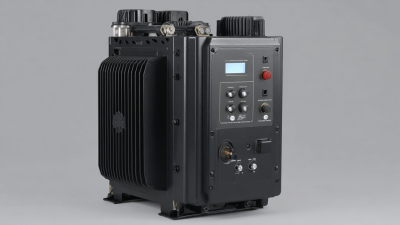
10 Best 50hz 60hz Soft Starters for Efficient Motor Control
-
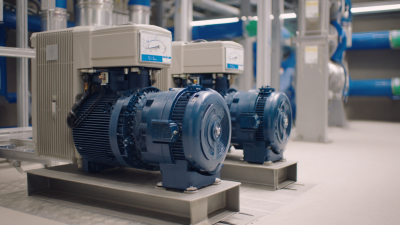
Unlocking Efficiency with the Benefits of the Best Pressure Booster Vfd Technology


